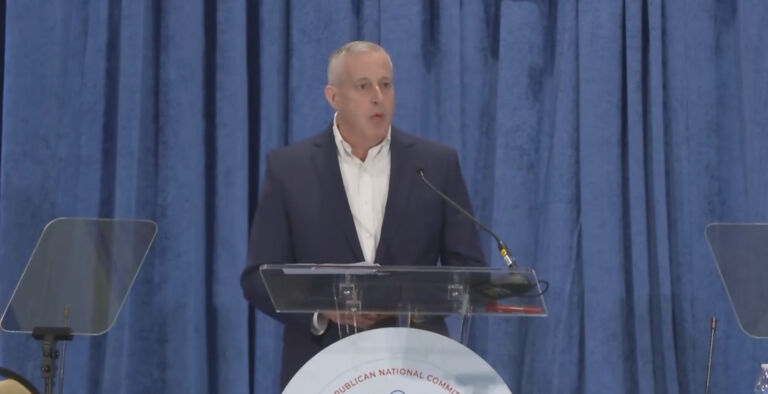1. Skvarla on why solar subsidies should eventually end: "we need to start incentivizing other areas to grow to the stature that solar has achieved."
On Saturday, June 6, North Carolina’s Commerce Department Secretary and staunch defender of corporate welfare, John Skvarla, appeared on WRAL’s On the Record. His main reason for being on the show was to answer questions about the Governor’s plan to replace NC’s Job Development Investment Grant (JDIG) legislation with an expanded version called NC Competes. (Note: "compete" in this case does not refer to market competition but the competition among states to see who can offer the largest corporate welfare packages to attract company expansions and relocations.) During the course of the interview, he was asked what he thought about incentives for solar power. This was his response:
Solar is an industry that is becoming very mature very quickly. The solar industry will tell you that at some point in time they do need to stand on their own. Clearly the incentive, or the tax credit, for solar was a mechanism that enabled them to get much more mature. I believe that the maturity stage needs to be defined, and that we need to take those type credits and start looking at other forms of alternatives like biomass, animal waste, all of those things also can produce energy, and we need to start incentivizing other areas to grow to the stature that solar has achieved.
You read that right. To Skvarla, the benefit that we would get from eliminating, reducing, or phasing out subsidies to the solar industry is that it would free up resources to be used to subsidize other forms of renewable energy. It is not to put more money back into the pockets of taxpayers or ratepayers; it is not to move North Carolina in a more free market direction when it comes to the use of energy sources; and it is not to return the use of land back to its most efficient use, like farming. Indeed, it appears that the primary principle at work here is that the McCrory administration thinks corporate and businesses subsidies are a model for how our economy’s resources should be allocated and the best reason for reducing them in one area is so that we can expand them somewhere else.
As I noted in a LockerRoom blog post regarding Skvarla’s attitude toward incentives: "This is the hallmark of a true statist; everything is viewed through the prism of its impact on government and alternative government programs." In this regard you should also see this post by my colleague Jon Sanders.
2. Economist Don Boudreaux gives us some of the economics of buying local
3. Ozone Report
The 2015 ozone season began on April 1 and, as I have been doing since this newsletter was started, each week during the ozone season this newsletter will report how many, if any, high ozone days have been experienced throughout the state during the previous week, where they were experienced, and how many have been recorded during the entire season to date. (Note: ground level ozone, which is what we are reporting on, is often called "smog.") According to current EPA standards, a region or county experiences a high ozone day if a monitor in that area registers the amount of ozone in the air as 76 parts per billion (ppb) or greater. The official ozone season will end on October 31. All reported data is preliminary and issued by the North Carolina Division of Air Quality, which is part of the state’s Department of Environment and Natural Resources. Thus far this season there have been no high ozone days recorded on any of the state’s 42 monitors, even with last week’s extraordinarily high temperatures.
The table below shows all of the North Carolina’s ozone monitors and the high reading on those monitors for each day of the 7-day period, June 15-21.

Click here for the Economics & Environment Update archive.
You can unsubscribe to this and all future e-mails from the John Locke Foundation by clicking the "Manage Subscriptions" button at the top of this newsletter.



